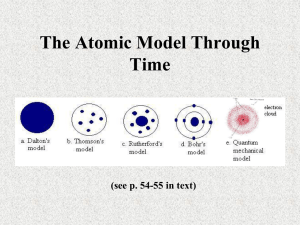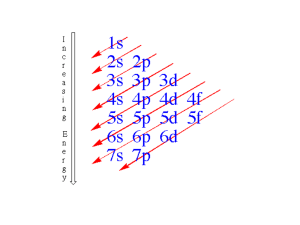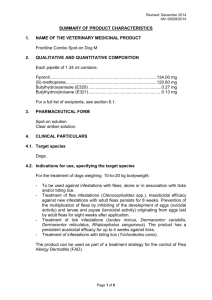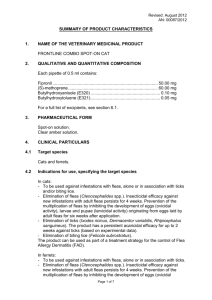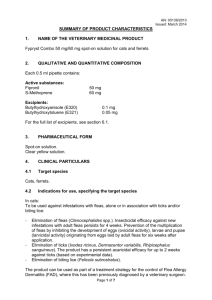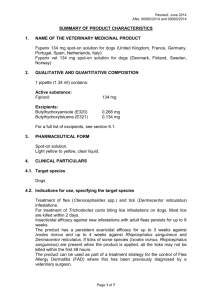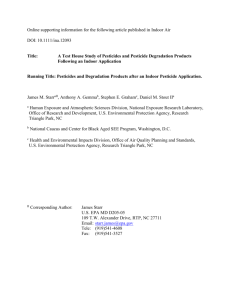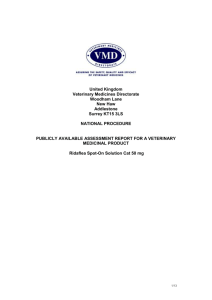Nanoporous Ti-doped Bi2O3 for Photocatalytic Reduction of
advertisement
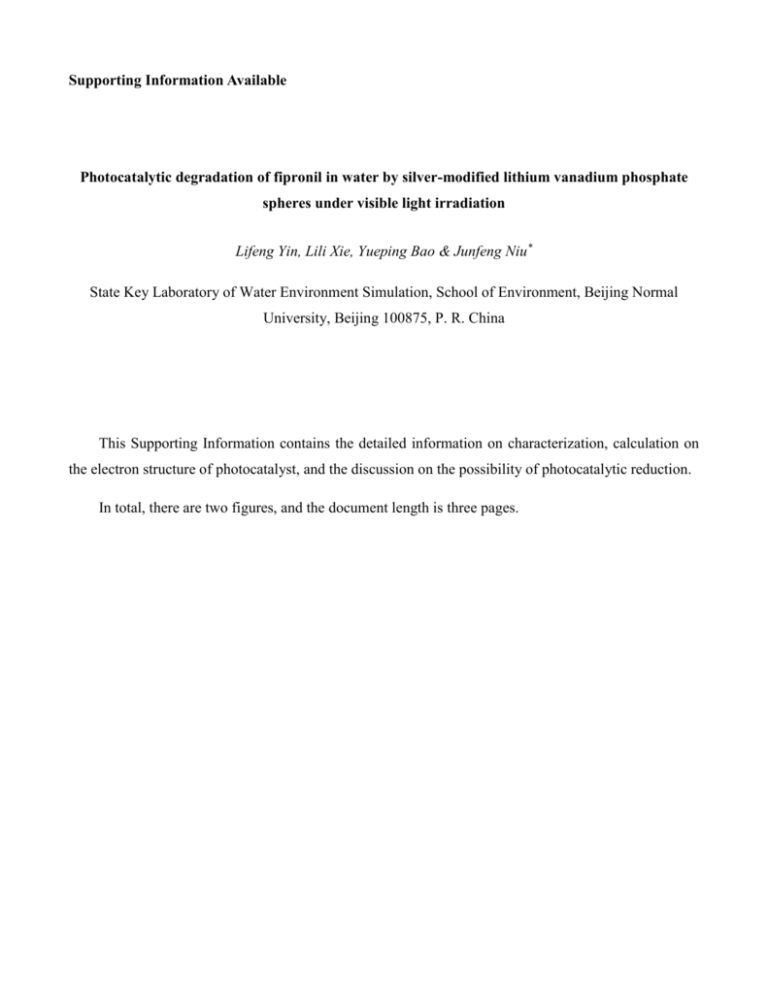
Supporting Information Available Photocatalytic degradation of fipronil in water by silver-modified lithium vanadium phosphate spheres under visible light irradiation Lifeng Yin, Lili Xie, Yueping Bao & Junfeng Niu* State Key Laboratory of Water Environment Simulation, School of Environment, Beijing Normal University, Beijing 100875, P. R. China This Supporting Information contains the detailed information on characterization, calculation on the electron structure of photocatalyst, and the discussion on the possibility of photocatalytic reduction. In total, there are two figures, and the document length is three pages. Calculation Method The Calculations for the electron structure of LVPO and ALVPO were performed using the ABINIT program package. All structural optimizations and calculations on the total energy were carried out using first-principles calculations employing the electronic structure method. The electronic structures were calculated under the framework of the density functional theory (DFT) and the Kohn–Sham (KS) method. The generalized gradient approximation (GGA) functional revised Perdew Burke Ernzerhof (RPBE) was employed. The core electrons were replaced with Goedecker’s pseudopotentials. The KS orbitals for the valence electrons were expanded using planewave basis sets with a 380 eV cut-off. The Brillouin zone integral was evaluated according to the Monkhorst-Pack k-point sampling scheme with the tetrahedron method and Blöchl correction. The main form of LVPO was built in a 2×2×2 supercell with 8 V atoms, 12 P atoms, 48 O atoms, and 12 Li atoms. To simulate the Ag doping, two Li atom inside the lattice of this supercell was replaced by Ag atoms. All the atomic positions were geometrically optimized. The optimization was continued until the all forces on the atoms were < 0.1 eV/nm, and the residual stress was < 0.002 Gpa. The calculations for the frontier molecular orbits of fipronil were performed using the spin-unrestricted Kohn-Sham method. The exchange-correlation function was the B3LYP. The physical wave functions were expanded in terms of accurate numerical basis sets. The numerical basis sets minimized the basis set super position error (BSSE). All atoms were treated with all electron basis sets. The tolerances of energy, gradient, and displacement convergence were 1.0×10−5 Hartree, 1.0×10-3 Hartree/Å and 0.5×10-2 Å, respectively. Figure S1. Density of electronic states in GGA calculated for LVPO and ALVPO, and the lines in different colors represent the s-, p-, or d-orbits’ contribution. S1 Figure S2. Ultraviolet photoelectron spectroscopy (UPS) of ALVPO obtained on an Axis Ultra instrument (Kratos, Japan). Redox possibility of fipronil To clarify whether or not fipronil can be reduced by ALVPO, the energy level of HOMO and LUMO (EHOMO and ELUMO), and the energy gap between HOMO and LUMO (△ELUMO–HOMO) were also calculated for fipronil. Therein, EHOMO and ELUMO indicated the electronic ionization potential and electron affinity under the energy excitation, respectively. That is to say, ELUMO accounts for the electron accepting capacity and ELUMO represents the electron donating capacity. Herein, EHOMO and ELUMO of fipronil were estimated to be 2.03 eV and 0.19 eV, respectively. Therefore, fipronil can only be reduced by electron donator with redox potential lower than 0.19 eV, like photo-generated electrons from ALVPO (–0.31 eV), however, is unlikely to be oxidized by the ALVPO since its insufficient VBM level. S2

